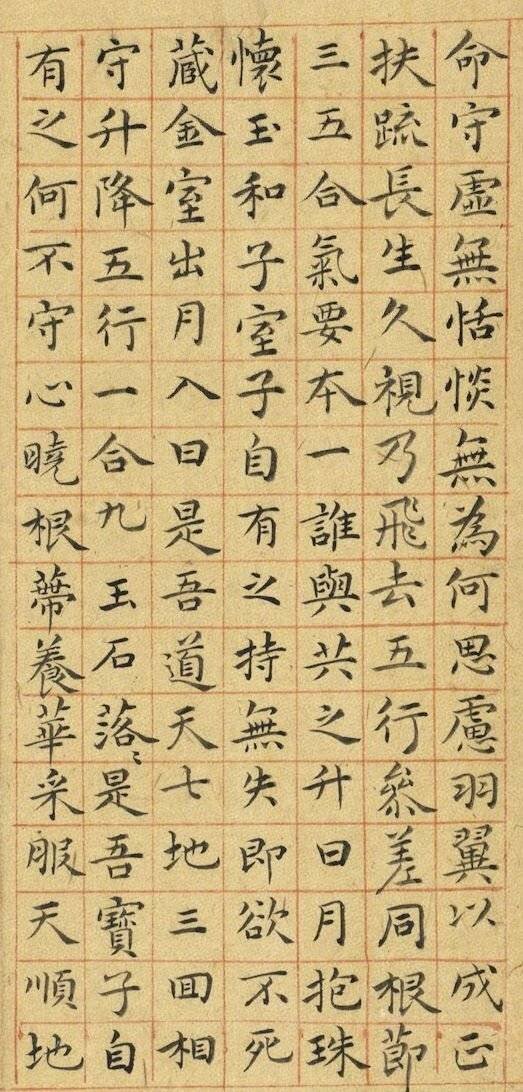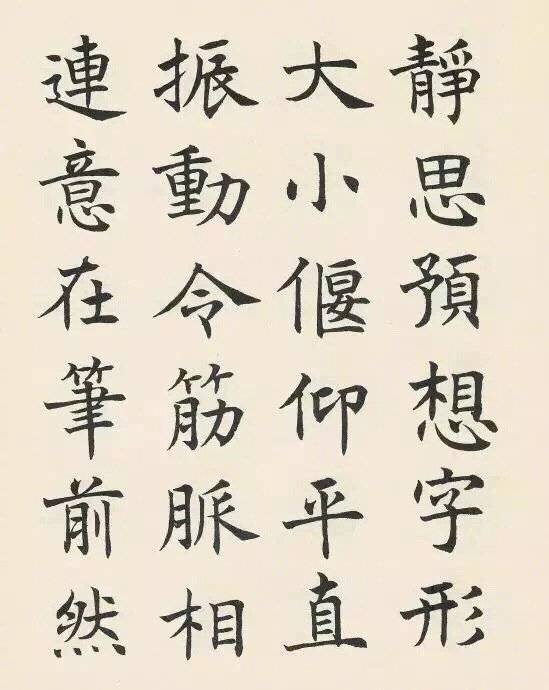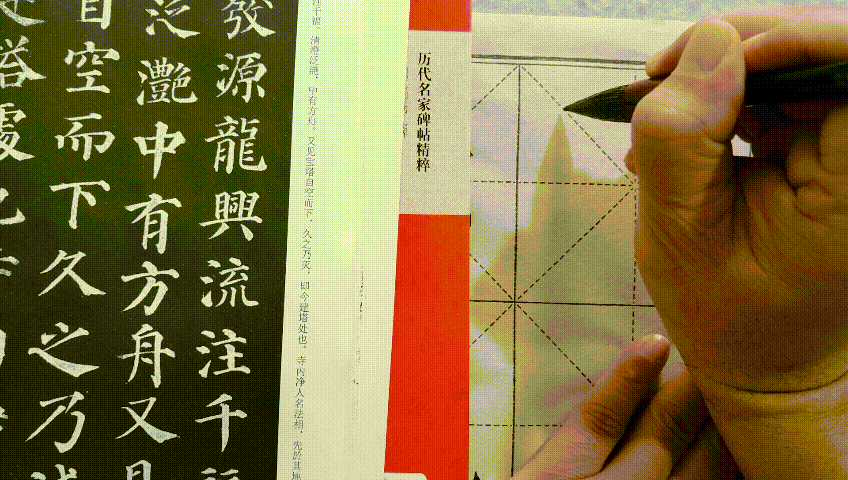
Chinese calligraphy (Brush calligraphy) is an art unique to Asian cultures.Qin (a string musical instrument), Qi(a strategic board game), Shu (calligraphy), and Hua (painting), are the four basic skills and disciplines of the Chinese literati. Regarded as the most abstract and sublime form of art in Chinese culture, Shu Fa(calligraphy) is often thought to be most revealing of one's personality. In addition to being an art form in its own right, calligraphy has also influenced ink and wash painting, which is accomplished using similar tools and techniques.
History
The history of Chinese calligraphy is as long as that of China itself. No one can tell exactly when Chinese written language appeared. The official language used in Qin Dynasty Zhuan. Calligraphy had already been an art at that time. The first blooming period of calligraphy as an art should be at Han Dynasty. A lot of great calligraphers appeared in Han Dynasty. Unfortunately, they usually didn't sign their names on their calligraphy work. There're some great calligraphy works of Han Dynasty of unknown calligraphers. Also most scripts formed at Han Dynasty such as Li Shu, Cao Shu, Xing Shu, Kai Shu.

Jin is the dynasty with great achievement in calligraphy. A lot of great calligraphers appeared at this time, including Wang Xizhi and Wang Xianzhi. Tang Dynasty is the dynasty calligraphy is taken most serious. As a result, a lot of great calligraphers appeared, including Yan Zhenqing. After Tang Dynasty, the calligraphy as an art declined. From Song Dynasty to Qing Dynasty, the greatest calligraphy works in paper were kept in house of the emperor family. People rarely have the chance to see them. The only calligraphy works available to them are the tablets. In Qing Dynasty, a lot of tablets were discovered. That's one of the reasons why calligraphy is better in Qing Dynasty.

Study
For Chinese calligraphy, the method of holding the brush is more special; the brush is held vertically straight gripped between the thumb and middle finger. The index finger lightly touches the upper part of the shaft of the brush (stabilizing it) while the ring and little fingers tuck under the bottom of the shaft. The palm is hollow, and you should be able to hold an egg within that space. This method, although difficult to hold correctly for the beginner, allows greater freedom of movement, control and execution of strokes.
By controlling the concentration of ink, the thickness and absorptivity of the paper, and the flexibility of the brush, the artist is free to an infinite variety of styles and forms. In contrast to western calligraphy, diffusing ink blots and dry brush strokes are viewed as a natural impromptu expression rather than a fault. To the artist, calligraphy is a mental exercise that coordinates the mind and the body to choose the best styling in expressing the content of the passage. It is a most relaxing yet highly disciplined exercise indeed for one's physical and spiritual well-being.
Calligraphy takes many years of dedicated practice.Correct stroke order, proper balance and rhythm of characters are essential in calligraphy. Skilled handling of the brush produces a pleasing balance of characters on the paper, thick and thin lines, and heavy and light inking. In most cases, a calligrapher will practice writing the Chinese character “Yong”many, many times in order to perfect the eight basic essential strokes contained within the character. Those who can correctly write the “Yong”character beautifully can potentially write all characters with beauty.
Hi! I am a robot. I just upvoted you! I found similar content that readers might be interested in:
http://www.ebeijing.gov.cn/Culture/Culture_Recommendation/t1068241_2.htm
Downvoting a post can decrease pending rewards and make it less visible. Common reasons:
Submit